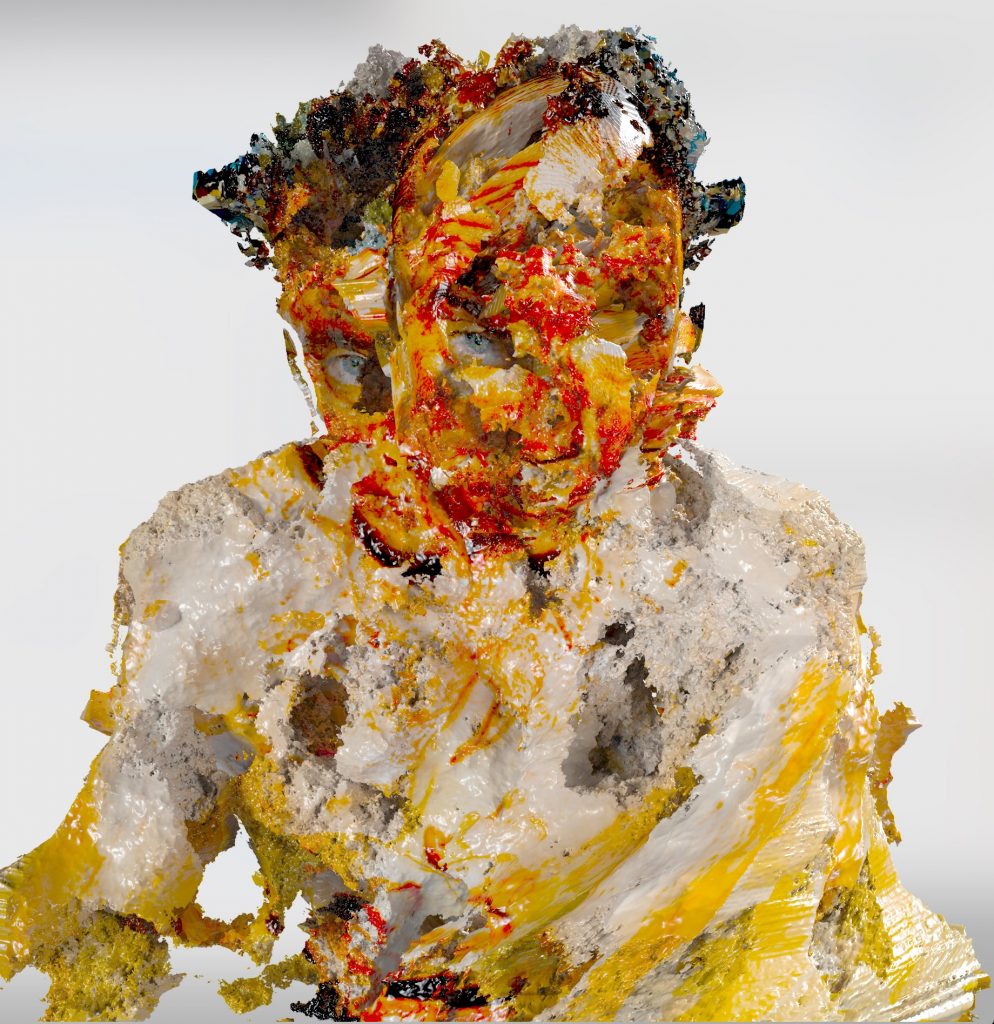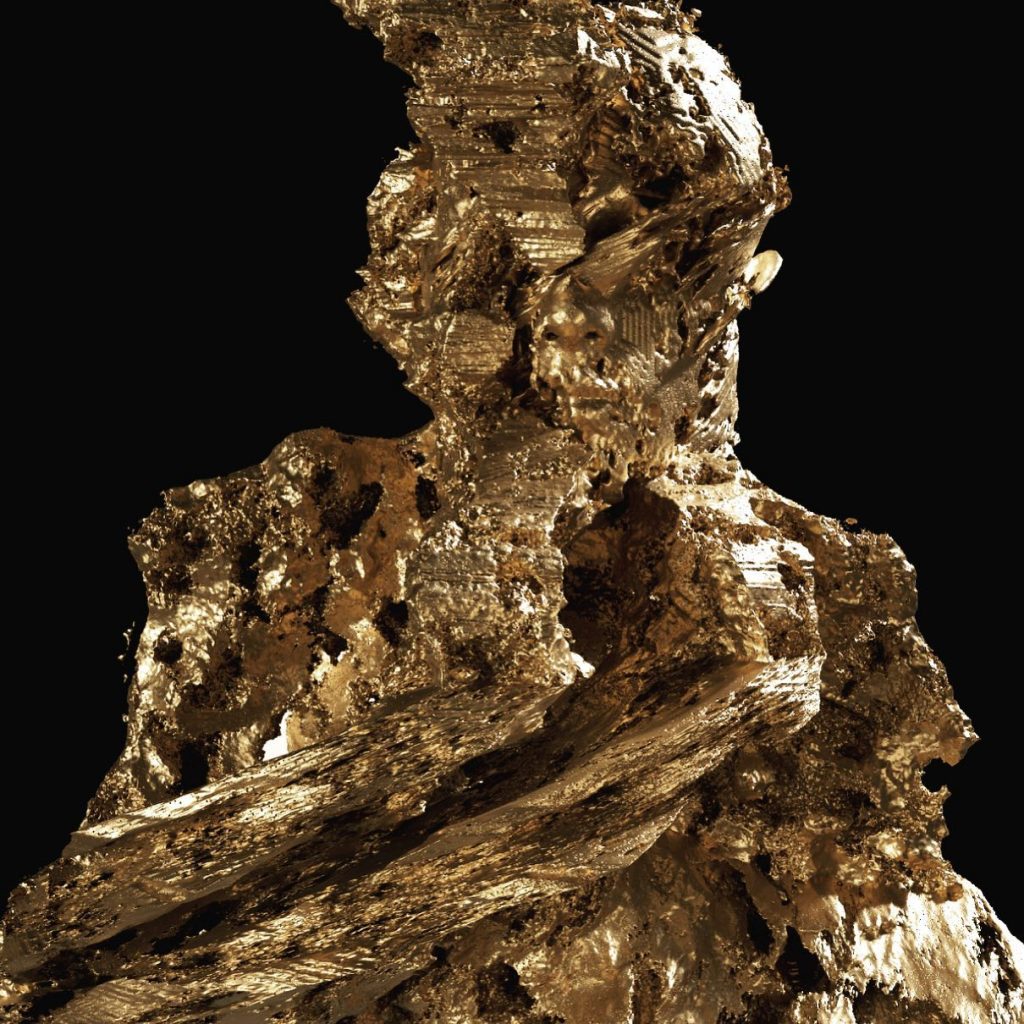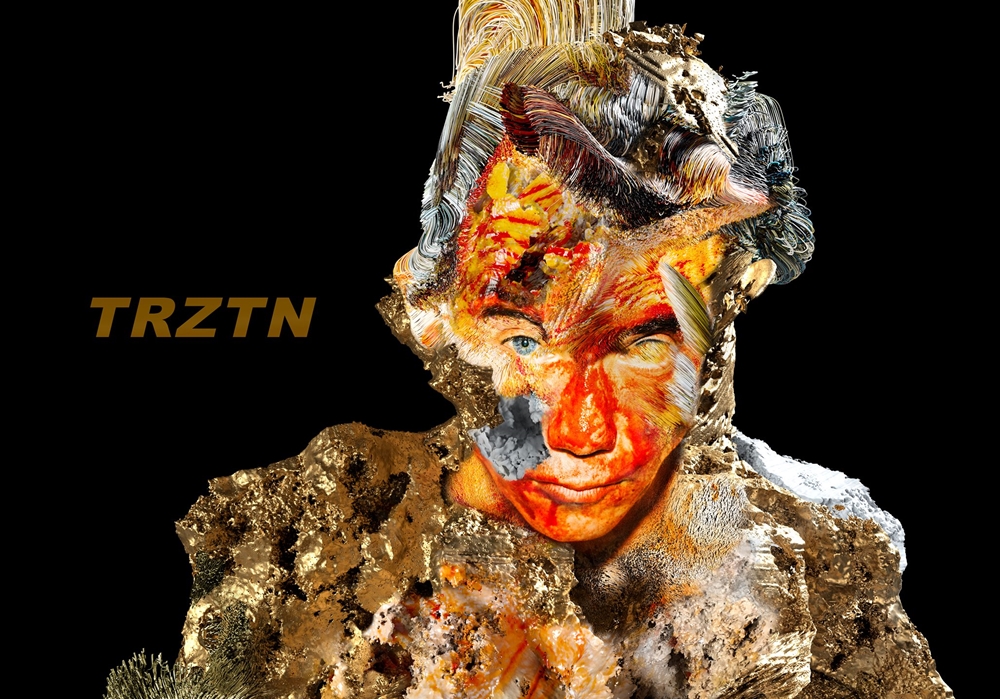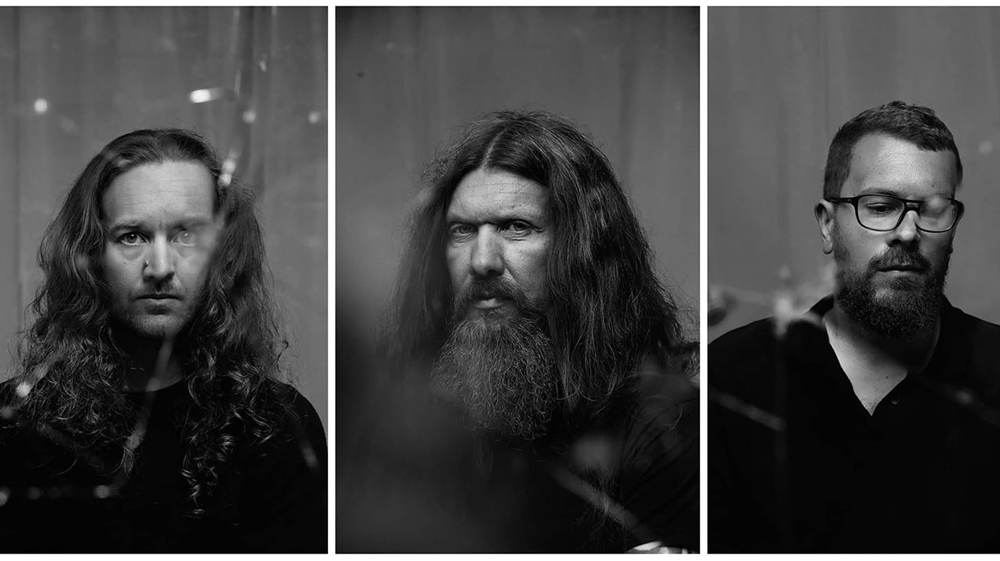Tristan Bechet (TRZTN) is a music producer and composer raised between Brazil and New York City and now living in Paris. He has composed for brands like Nike, Karl Lagerfeld, Dior, Chanel, Givenchy, and The Creator’s Project, his works featured by The New York Times, Nowness, and beyond. More about Tristan on our interview.
Given the state of mainstream culture that permeates how we consume media, how would you introduce your activity to a stranger?
I am trying to understand/interpret your question. Do you mean why should total strangers care for what I do? After my initial contact, I introduce myself as a musician/artist/producer… and then, if we l determine if we are part of the same tribe, I can expand. If the stranger is not part of my tribe, then the conversation is dead in the water. The tribe question is relatively open though. I can identify with non-musical people too.
Was it the way you listened to music that enabled you to learn to play?
No. It was more the imagery that I consumed and how I processed it emotionally. Music was always too abstract for me. For example, when I was young I was more influenced by Eddie Van Halen’s red and white striped guitar rather than his playing. Now I love his playing and not so into his guitar design.
In terms of role modes, collaborators, and executives, who have championed your artistry along the way?
A few individuals in the past such as the Young God Records Label and the artist Urs Fischer both helped me in concrete ways. But mainly it has been a solitary journey
Back in 2009, you soundtracked ‘Where the Wild Things Are’. Tell us how such a collaboration usually works. And how do you chose for instrumentation?
Karen O was the driving force and vision behind that project. She asked me to join. I came into the studio with some recordings I did privately to get the ball rolling – we used some and trashed others. I strummed the guitar and came up with some melodies with Nick Zinner. I remember layering a lot of clap tracks.
What are your core motivations for music-making, and have they changed over the years as you’ve become more successful?
I prefer to create a personal piece that resounds with the imagery in a subjective way – but that doesn’t always translate for everyone. It is always a fine line.
For better or worse the idea of “success” in its basic form motivates me. I need money to get things done. I need my ideas to proliferate. Time is short and If I don’t fight for them they will die.
You collaborated with Nowness, Dior, Hugo Boss, or Nike. What are some of the strategies for translating the visuals into an aural medium?
I think a clear understanding and connection with the director is key. Client expectations range from “we want you to make a track that you love” to “copy this track” and Both are challenging! I have learned a lot technically from copying and deep listening. That said, I prefer to create a personal piece that resounds with the imagery in a subjective way – but that doesn’t always translate for everyone. It is always a fine line. The moment I start composing, instinct, experience, and inspiration take over, and yet still many unknowns that may clutter the project along the way.
Minimal dialogue vs. Bunch of Word. What is more relevant to you when soundtracking a short film? What unique privileges did this present to you musically?
Both are good. Separately or together – depends on how its done!
While you have so numerous collaborations in composition, you recently released ‘Royal Dagger Ballet’ under the name of TRZTN, your solo project. Your album seems engaged in a constant tug-of-war between futurism and nostalgia. Can you pinpoint a particular moment that made you dive into producing these sounds?
Isn’t futurism a nostalgic notion? I am not sure nostalgia played a role. Maybe a little futurism, hence maybe a little nostalgia too.
The artwork for ‘Royal Dagger Ballet’ is staggering, and the dancers only intensify the overall atmosphere. Together with reflecting on the talents of other artists, you have created a fanbase for electronic music and soundtrack sounds. Does the conception come first or does the song evolve naturally?
In terms of the audio work – Sometimes the concept comes first – it can be more fun and playful that way – but then the life force can take over and the artistic sequence switches. This can also happen in vice-versa! I have “undone” the concept of a track and discovered something more pure and exquisite. And some pieces need to go through a massive life-cycle to eventually find their true home. I feel that “finding a home” through studio composition rarely happens in one shot. The rock band context is different; there is only one shot! In so far as imagery and collaboration with dancers and directors – this happened only after the track is finished and there is a clear path forward. And the fact that dance came so often was happenstance – however, it does make sense to invite a third discipline.
There are many descriptions of the ideal state of mind for being creative. What is it like for you? What supports this ideal state of mind and what are distractions? Are there strategies to enter into this state more easily?
I believe that producing music entails finding the sweet spot that enables a life force flowing through the song that includes mistakes, accidents, audio confluence with opposing dynamics as well as the confidence of intent. Most mainstream music is too automatically generated and over-produced and does not include these “mistakes”.
The second answer regarding flow: Tons of distractions! You name it! Being creative is a long game – It’s laborious, It takes time, patience, and tenacity, and it’s essential to take a step back and be objective. There is no trick or silver bullet in terms of creative flow – I have tried all available options.
What does it mean to play and live in the millennial generation of music artists? What do you borrow from those who came before you, and what do you do to push the genre forward?
I have not played live in a long time but when I did play I am quite a traditionalist. The stage is for performance. It is a place for cathartic exchange and volume is key. I don’t know what “millennial artist” means.


Are you mainly using soft synths, hardware synths, or a combination of both?
A combination; on Royal Dagger Ballet there were no guitars or bass or a conventional drum set. Mostly synths (maxi Brute for example) and drum machines (808) I like using the omnisphere soft synth.
What are your recording studio setups like? What gear is most important to your composing process?
I have a small studio in Paris where I go every day. it is my sacred space. On the album, I often worked in other studios, sometimes in different countries to move the energy around and develop the story. I tried to be as nimble and free as possible. In general, I use the computer to record. Logic X to move things around. I may record an idea and send it to myself. Everything is in progress until there is a deadline.
To date, what is the biggest sacrifice you’ve made for your music career?
I don’t know because my musical career was not an option.
Follow Tristan Bechet on: Facebook | Website | Instagram



